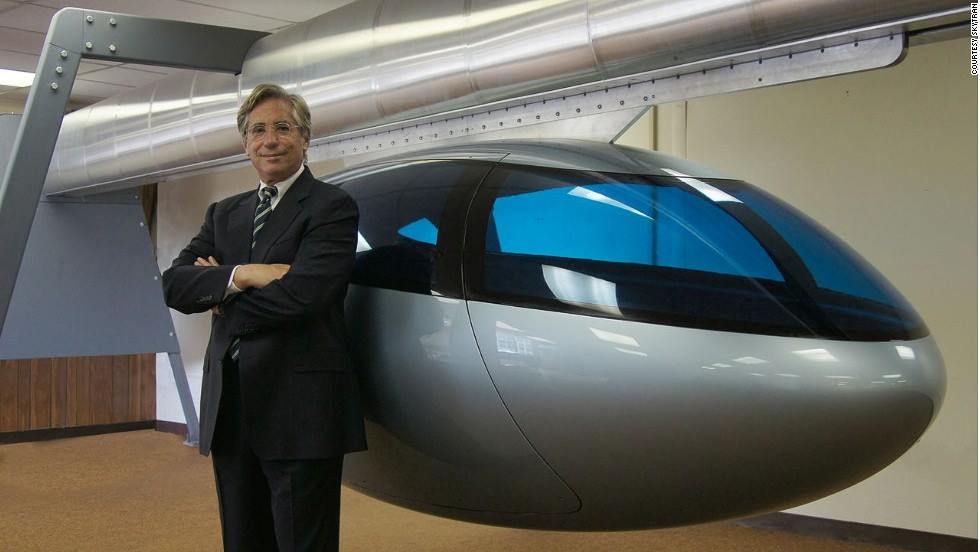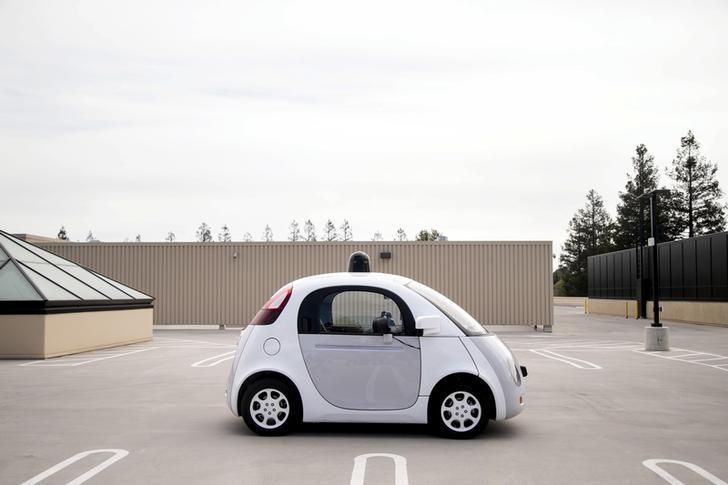Mar 2, 2016
NASA’s designing a passenger jet that’ll break the sound barrier WITHOUT the boom
Posted by Shailesh Prasad in categories: engineering, transportation
NASA has commissioned engineers to design a new kind of jet that can travel faster than the speed of sound, but without the telltale sonic boom. Instead, the aircraft will produce a soft thump as it breaks the sound barrier, which the researchers are adorably calling a “supersonic heartbeat”.
It’s hoped that the new jet could eventually fill the commercial gap left by the retirement of the Concorde — which travelled at twice the speed of sound (Mach 2) and could get passengers from London to New York in just 3.5 hours — but without all the noise complaints.
From an engineering point of view, we’ve long had the ability to travel at supersonic speeds — which is generally anything over 1,234 km/h — but when we do, it triggers a sound explosion that can travel thousands of metres in a jet’s wake, rattling houses and cars as it goes. As you can imagine, not exactly ideal for heavily trafficked flight paths.

















